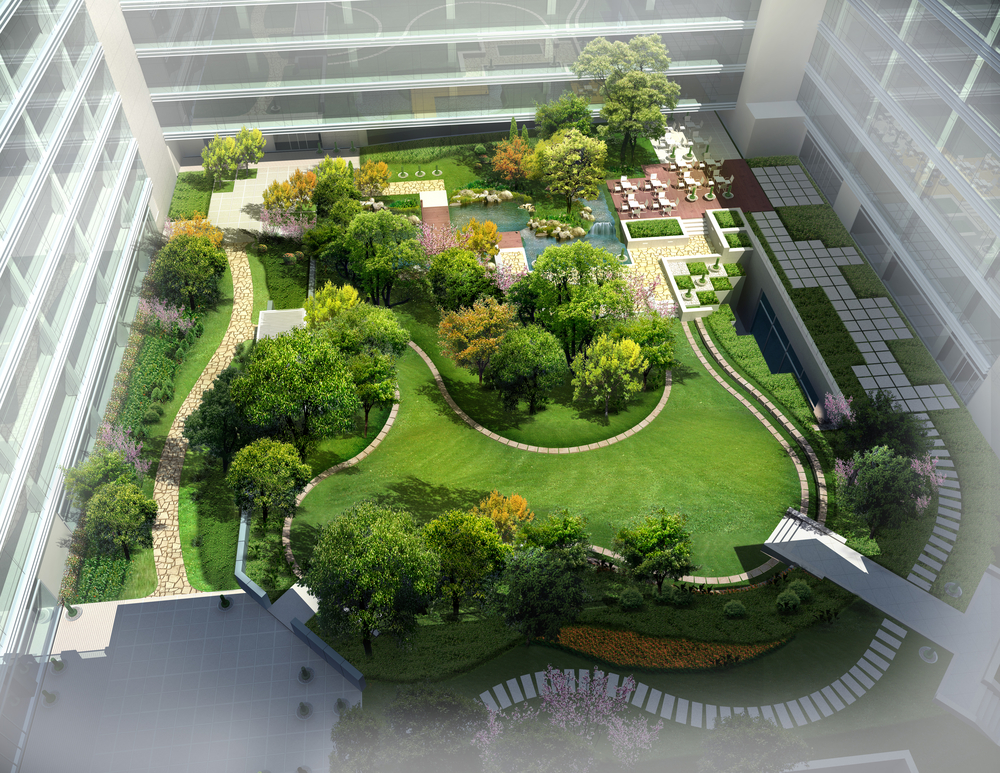When it comes to creating a gorgeous and practical outdoor space, residents often find themselves navigating the complex world of landscape design. At the heart of this process lies a pair of essential components: hardscaping and softscape design. Hardscape refers to the non-living elements in your landscape, like patios, walkways, and stone walls, whereas softscaping encompasses the living aspects, such as plants, flowers, and trees. Striking the right balance between these two elements can transform your yard into a beautiful oasis that reflects your personal style and serving your lifestyle needs.
Understanding the distinct benefits of both hardscaping and softscape design is essential for enhancing the potential of your outdoor space. Landscaping professionals can provide important insights and help avoid common mistakes that DIY enthusiasts often face. From boosting property value to improving aesthetic appeal, the proper approach to landscaping can offer lasting rewards. As we delve into the skill of balancing hardscaping and softscaping, we will look into effective tips and advice that will empower you to cultivate a yard you can be proud of, while also considering green methods that benefit the planet.
The Value of Expert Landscaping
Considering expert landscaping may greatly enhance the charm and usability of your property. A thoughtfully crafted landscape not only enhances the aesthetic of your house or commercial space but also contributes to your overall living experience. Expert landscapers have the expertise to create stunning designs that include hardscaping elements like terraces, paths, and outdoor kitchen s, harmoniously integrating them with softscape features such as flower beds and grassy areas. This balance is essential to creating inviting outdoor spaces that are both beautiful and practical.
One of the key advantages of hiring a landscaping service is the specialized expertise they provide. Experts understand the particular needs of your property, including soil composition, weather patterns, and the ideal plant selections for your environment. They can also spot common landscaping errors that residents often make, helping you avoid expensive errors that could reduce your landscape's appeal. By leveraging their expertise, you can ensure a cohesive design that boosts your property's appeal.
Moreover, professional landscaping is a smart investment when it comes to increasing real estate worth. Data indicates that well-maintained landscapes can add considerable worth to homes and business properties. In many cases, a expertly landscaped property can see a profit of up to 15 percent or higher. This appreciation not only renders your property more attractive to potential buyers but also sets it apart in a competitive market. By making the choice to select expert landscaping, you are positioned to reap long-term rewards, not only in pleasure and monetary gain.
Key Lawn Care Practices

To maintain a healthy lawn, regular mowing is important. Keeping your grass at the appropriate height encourages vigorous growth and enhances the turf. Mowing your lawn when it’s dry allows for neat cuts and reduces stress on the plants. Aim to mow at a elevated setting during the warmer months to encourage deeper root growth and shade the soil, which helps retain moisture and suppress weeds.
Watering is another vital element in lawn care. Established lawns generally require about one inch of water per week, including rainfall, to stay healthy. It is ideal to water early in the morning or late in the evening to lessen evaporation. Using a sprinkler system with a clock can ensure your lawn receives regular moisture without excessive watering, which can lead to issues like fungus and poor root systems.
Nutrient application is essential for supplying your lawn with the nutrients it needs to thrive. A balanced fertilizer applied at the correct times of the year can enhance growth and color. Early spring and fall are optimal for applying fertilizer, as the grass vigorously grows during these periods. Make sure to follow the manufacturer’s guidelines to avoid too much fertilizer, which can damage the environment and your lawn’s health.
Eco-Friendly Landscaping Solutions
Integrating green landscaping solutions is crucial for developing eco-friendly outdoor areas that thrive while reducing environmental footprint. Utilizing indigenous plants is a key approach, as these species are well adapted to local climates and demand less water and upkeep. By choosing native vegetation, homeowners can lessen their dependence on chemical fertilizers and pesticides, creating a healthier ecosystem that nurtures local fauna, particularly pollinators.
A further successful approach is adopting xeriscaping, that centers on designing a landscape that requires minimal irrigation. By picking drought-resistant plants and installing efficient irrigation systems, homeowners can conserve water while maintaining a stylish and lively yard. Mulching flower beds and gardens also enhances water retention in the soil, reducing the need for regular watering and improving the overall health of the garden area.
In conclusion, integrating hardscaping elements like porous patios and walkways adds to sustainable landscaping by promoting proper drainage and lessening runoff. These elements not only enhance the visual beauty of the outdoor area but also mitigate erosion and water pooling problems. By implementing these sustainable landscaping methods, homeowners can achieve a harmony between aesthetics and environmental stewardship, leading to healthier properties and communities.
